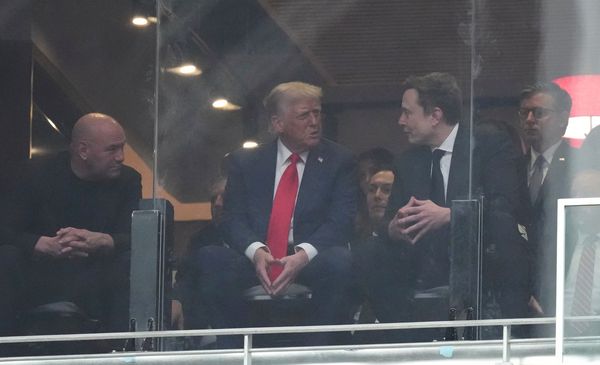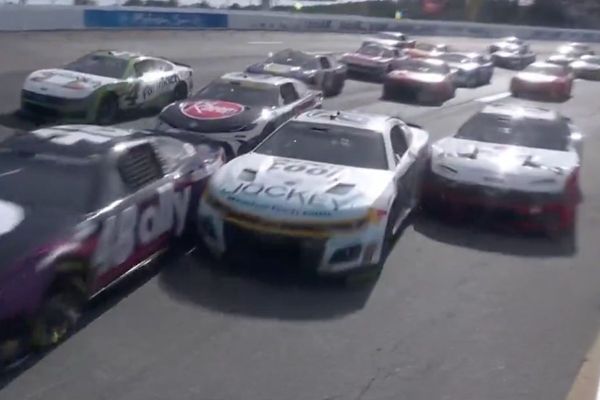
The craft of neon sign-making is a dying art, according to Douglas Gordon, who has commissioned a dazzle of glowing texts that shine through the gallery window into the winter twilight. You could equally say Gordon, whose video installation 24 Hour Psycho made him a star in the 1990s, as did his winning the 1996 Turner prize, embodies a dying “craft” – the art of the readymade.

Invented by Marcel Duchamp, rediscovered in the 1980s as “appropriation art”, and taken to new heights of bare-faced cheek by Gordon’s generation, the readymade is not the lingua franca of modern art that it once was. Many younger artists depict their own experiences in authentic, direct ways including paint and figurative sculpture. But in this exhibition, Gordon quietly demonstrates why nicking other people’s work can still be a good way of making your own. Perhaps he goes further and asks what authenticity is, anyway? Can we really be sure we voice ourselves, however heartfelt our neon cries?
All his neons are quotes from songs: “mighty REAL” says one in blue. Even as you hear Jimmy Somerville’s voice (and he was quoting Sylvester) you wonder: is that swoop of feeling real or stolen? We all like to quote pop songs but why do we need other people’s words to express our feelings? Gordon has his own story, his own specific memory about each song he has set in lights. We all have those associations, if we live in the modern world. I can’t hear Hey Jude without remembering it coming up a ventilation shaft in a New York hotel. But the song remains the same. This is surely the point Gordon is making. Pop music connects our feelings with those of other people. The lyrics are both your own and they are public. That’s what makes them glow – literally, here.

Gordon’s early work, Something Between My Mouth and Your Ear, invited you into an amniotic blue space to hear tracks that were in the charts when he was in his mother’s womb. His new work restates that fascination with the human archive of pop music, the tunes and words we know, forget, remember, misremember. It is a defence of expressing yourself indirectly, through the broken lexicon that surrounds us all the time.
“A new winter coat for the wife” the half-remembered line from Elvis Costello’s Shipbuilding has a wall to itself and is inscribed in icy, or heavenly, white. The artist has clearly not Googled the exact quote, which would be “A new winter coat and shoes for the wife”. He has stuck with his own memory. Gordon was in his teens when Costello’s sideways melancholy protest song, speculating that northern shipyards might rise again due to the Falklands war, was a hit for Robert Wyatt. All these years on, that desperation is here again for many. But without the shipbuilding. “i second that emotion” as it says, all lower case, in heartfelt purple.
Gordon has lived much of his artistic life in quotations, appropriating entire films and film scores as well as songs. Yet he is also a kind of painter. His video projections at their best have the authority of frescoes or history paintings. That happens here, too. Gagosian’s window becomes a bejewelled canvas, the spaced colours vibrating and melting: taxi light yellow, bathhouse blue, lobster red. It’s as crowded with colour as a pulsing city centre, a miniature Times Square or Seoul’s Gangnam district. It is a neon map of the inner life.
• Douglas Gordon: Neon Ark is at Gagosian Davies Street, London, until 14 January.







